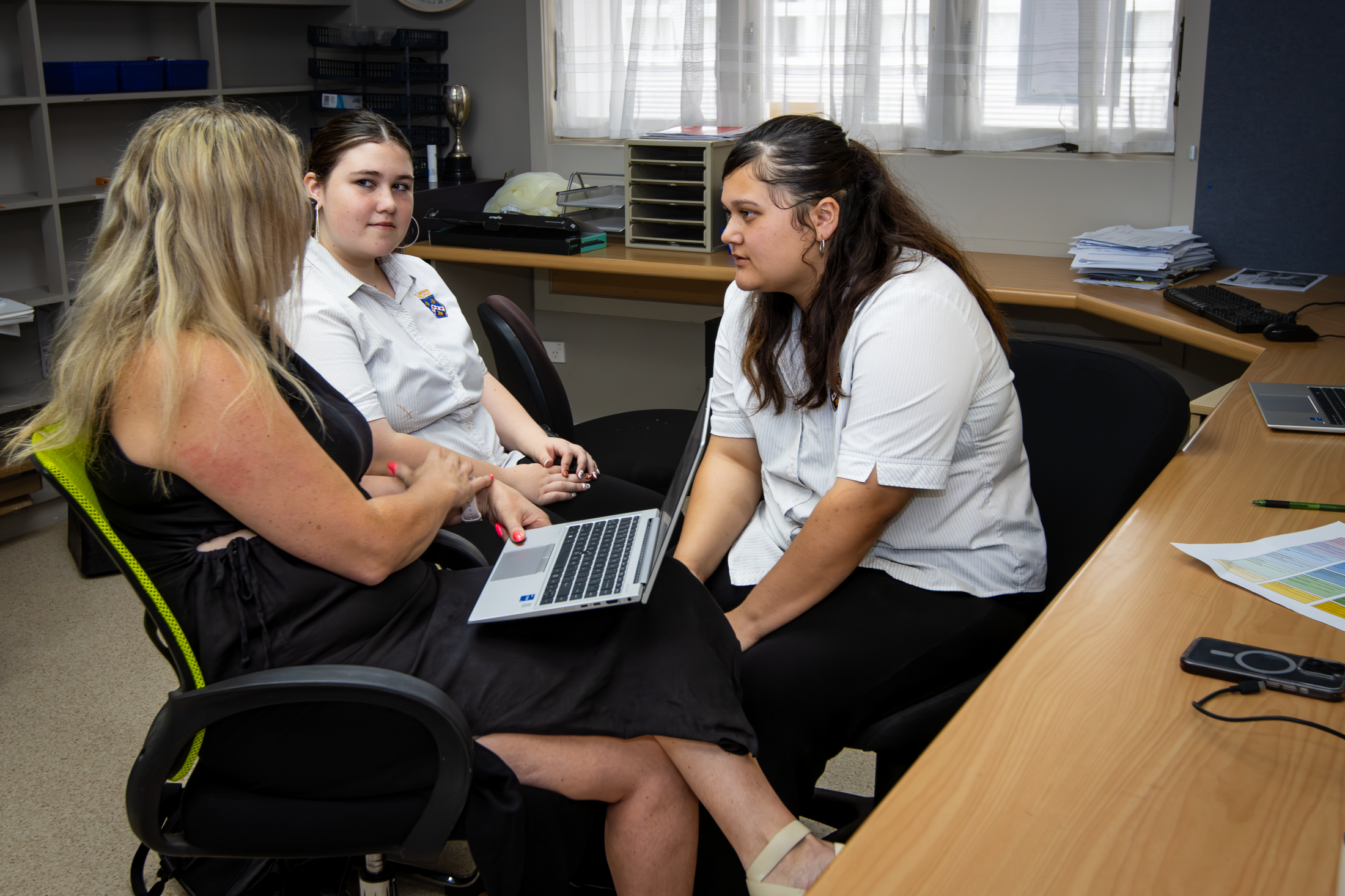Restorative Practice is a relational approach to school life grounded in beliefs about equality, dignity, mana, and the potential of all people. The Positive Behaviour for Learning (PB4L) Restorative Practice model focuses on building and maintaining positive, respectful relationships across the school community and offers school staff best-practice tools and techniques to restore relationships when things go wrong. By building and maintaining positive, respectful relationships within a school, staff to staff, staff to student, and student to student, issues are more easily managed.
TAC’s restorative approach starts with collecting the stories from different perspectives (student statements, staff observations, taking an active listening approach), gauging the different stories. It is about growing the good - good behaviors, good attitudes, and good relationships.
There are three types of Restorative Conferences in PB4L Restorative Practice:
Although they differ in informality, numbers participating and the severity of the related incident, all three types require the phases of preparation, participation, and follow-up, and all three use Restorative Scripts and fair process.
Restorative Conferencing is a process that provides schools with ways to repair harm and restore relationships. It uses the stories of those involved in an incident and the people close to it (e.g. students, staff, and whanau) to:
- explore what has happened and who has been affected
- hold those who have caused harm accountable for their actions
- provide support to those who have been harmed, and others involved.
Anecdotal feedback from secondary schools participating in pilot testing of PB4L Restorative Practice suggests that schools can expect the following positive outcomes:
a calmer school environment, with less classroom disruption and more time for teaching
an increase in the engagement and learning of students in the classroom
growth in relational and problem-solving skills, both for adults and students across the school community
improvements in attitudes and relationships across the whole school community
a consistent best-practice approach across the whole school community that aligns with the school’s shared values.
